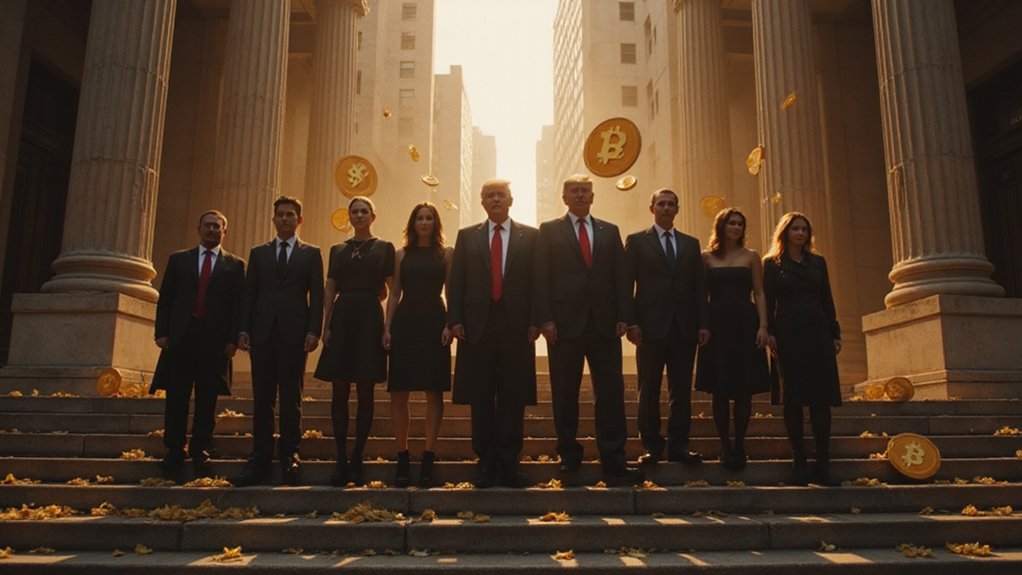While Washington’s track record with emerging technologies typically resembles a tortoise maneuvering through molasses, the summer of 2025 has witnessed an unprecedented sprint toward extensive cryptocurrency legislation that would make even the most caffeinated Capitol Hill staffer dizzy.
The GENIUS Act‘s passage through the Senate with a commanding 68-30 vote on June 17th represents the first thorough federal framework specifically targeting stablecoin regulation—a remarkable feat considering Congress previously struggled to define what constitutes a cryptocurrency without triggering interdepartmental warfare.
Senator Bill Hagerty’s bipartisan approach managed to fracture traditional party lines, with several Democrats breaking ranks despite Elizabeth Warren’s vociferous opposition regarding alleged loopholes and insufficient consumer protections.
Senator Hagerty’s bipartisan coalition shattered party orthodoxy, leaving Warren’s consumer protection crusade remarkably isolated despite her characteristically fierce opposition.
The legislation establishes a dual-licensing regime for fiat-backed stablecoin issuers, effectively transforming the Wild West of digital asset regulation into something resembling organized civilization—though whether this constitutes progress remains hotly debated among libertarian crypto enthusiasts who preferred the previous regulatory vacuum. The regulatory clarity comes at a time when stablecoins now command over 60% of crypto transaction volume, demonstrating their critical role in the digital asset ecosystem. This framework aligns with the compliance standards already implemented by regulated exchanges that have maintained clean security records while serving millions of users across nearly 100 countries.
The House’s strategic “Crypto Week” in mid-July amplifies this momentum, with congressional leaders positioning 2025 as the pivotal year for digital asset laws.
The coordinated legislative push includes the CLARITY Act and significantly excludes central bank digital currency development, favoring private sector innovation over government-controlled digital dollars (a decision that surely disappointed those yearning for Federal Reserve-issued blockchain tokens).
Perhaps most intriguingly, Senator Cynthia Lummis’s BITCOIN Act proposes creating a Strategic Bitcoin Reserve, formally integrating cryptocurrency holdings into national finance strategy. The Senate version of this groundbreaking legislation has garnered strong Republican cosponsorship from multiple states, signaling robust partisan support for federal Bitcoin adoption.
This represents a philosophical shift from viewing Bitcoin as speculative digital tulips to recognizing it as legitimate strategic infrastructure—a transformation that would have seemed absurd during Bitcoin’s early days when purchasing pizza required 10,000 coins.
These converging legislative forces create unprecedented regulatory clarity while simultaneously legitimizing cryptocurrency through federal endorsement.
The question isn’t whether this framework will influence Bitcoin’s trajectory, but rather whether the resulting institutional adoption and regulatory certainty will catalyze the price discovery mechanism that propels Bitcoin beyond current valuation models.
The $120,000 debate suddenly seems less fantastical when backed by congressional authorization and federal strategic reserves.









